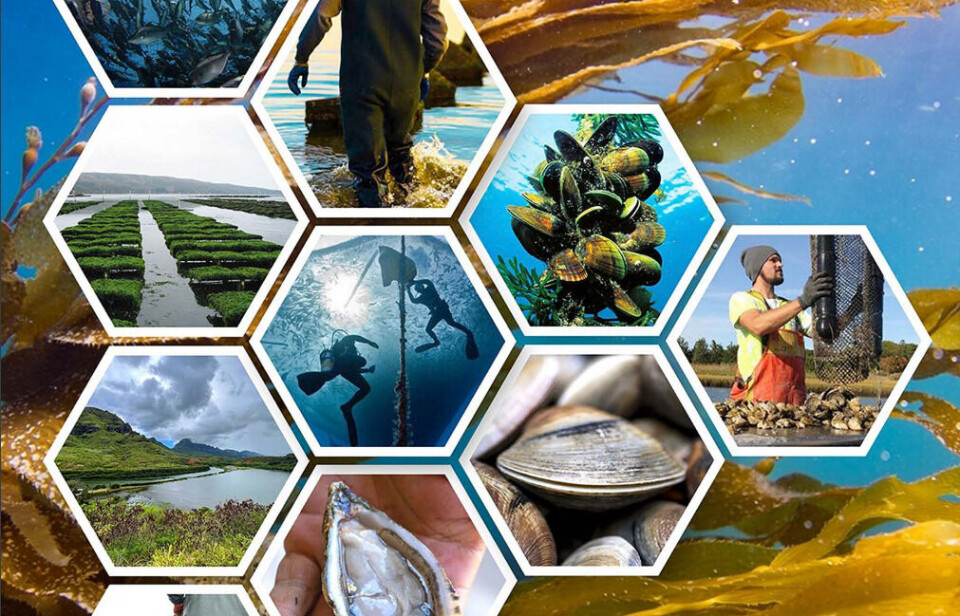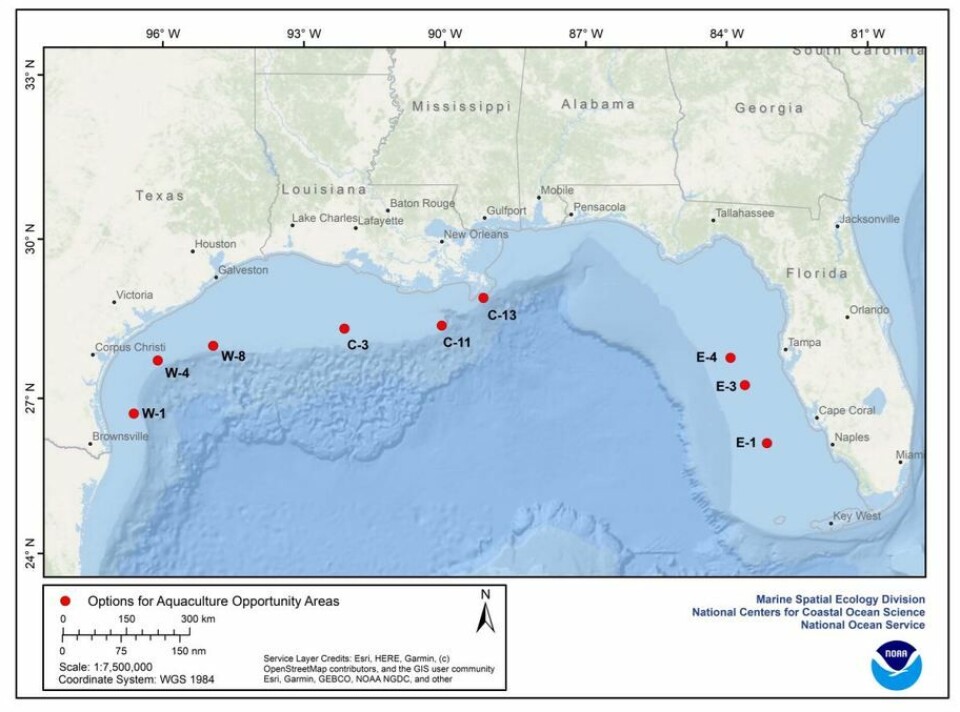
The battle against bureaucracy holding back American aquaculture
NOAA updating conference on efforts to enhance regulatory efficiency
US government agency NOAA (National Oceanic and Atmospheric Administration) was today due to outline the progress being made to remove some of the red tape that ties up efforts to establish fish farms in the country.
The short update is one of a series of presentations by NOAA at the Aquaculture America 2024 conference and trade show, currently taking place at the San Antonio Marriott Rivercentre in San Antonio, Texas.
As well as informing delegates about progress towards the United States’ strategic plan to enhance regulatory efficiency in aquaculture, NOAA is providing an update on strategic planning for aquaculture economic development and giving a run-down of its activities in advancing sustainable aquaculture.
Tomorrow, NOAA is presenting a full morning of 15-minute talks in its Science Innovation Showcase. These include presentations on developing macroalgae feed ingredients for marine fish feeds; development of a novel method for sterility induction in fish and shellfish aquaculture; and integrating information on beneficial services provided by shellfish aquaculture into the aquaculture permitting and review process.
Aquaculture Opportunity Areas
It will also give updates on the progress of establishing Aquaculture Opportunity Areas (AOAs) in the US and talks on AOA identification in Alaska and spatial modelling for AOA identification in Alaska State waters.
NOAA, part of the US Department of Commerce, was first instructed to identify potential AOAs within two years in an Executive Order by president Donald Trump in May 2020.
By January 2022, NOAA had drawn up two “Aquaculture Atlases” for the Gulf of Mexico and the Southern California Bight. NOAA said the Atlases provided the most comprehensive marine spatial analyses ever developed for any US ocean space, using 203 data layers to narrow down the list of potential sites to 10 off the coast of California and nine in the Gulf of Mexico.

In the Gulf of Mexico, the nine AOA options identified were selected from 29,839 possibilities of the highest scoring ocean spaces from the West, Central, and East study areas.
In the Southern California Bight, modelling results identified eight AOA options in the area off Santa Barbara and two AOA options off Santa Monica from a list of 296 highest scoring ocean spaces in the two northern study areas.
On Wednesday, NOAA’s programme at Aquaculture America include talks on what NOAA Fisheries is doing to manage the potential risks of aquaculture activities on protected resources; understanding interactions with endangered marine mammals and tropical aquaculture; a general overview of enforcement of other federal authorities related to aquaculture operations; and a look at NOAA Fisheries Alaska Aquaculture Program 2023: communicating science and policy to broad audiences.
'Setting the table'
Aquaculture America 2024, which has the theme ‘Setting the table for US aquaculture’, is a World Aquaculture Society (WAS) event and is sponsored the US Aquaculture Society (formerly US Chapter of WAS), the National aquaculture Association, and the Aquaculture Suppliers’ Association.
It has 13 conference sessions running concurrently today, tomorrow, and Wednesday, covering a vast array of subjects. There is also an accompanying trade show with nearly 200 booths.
There are two plenary speakers. Loni Greninger is the Tribal Council vice-chair of Washington State’s Jamestown S'Klallam Tribe, which farms oysters and geoducks and wants to farm finfish. Greninger’s presentation is called “Ancient Tribal Stewardship, Contemporary Tribal Aquaculture”.
The other speaker is Robert Jones, global lead for The Nature Conservancy’s Aquaculture Program. His presentation is called “Nature-Positive Aquaculture: Partnering with Farmers to Achieve Environmental Outcomes”.











































































